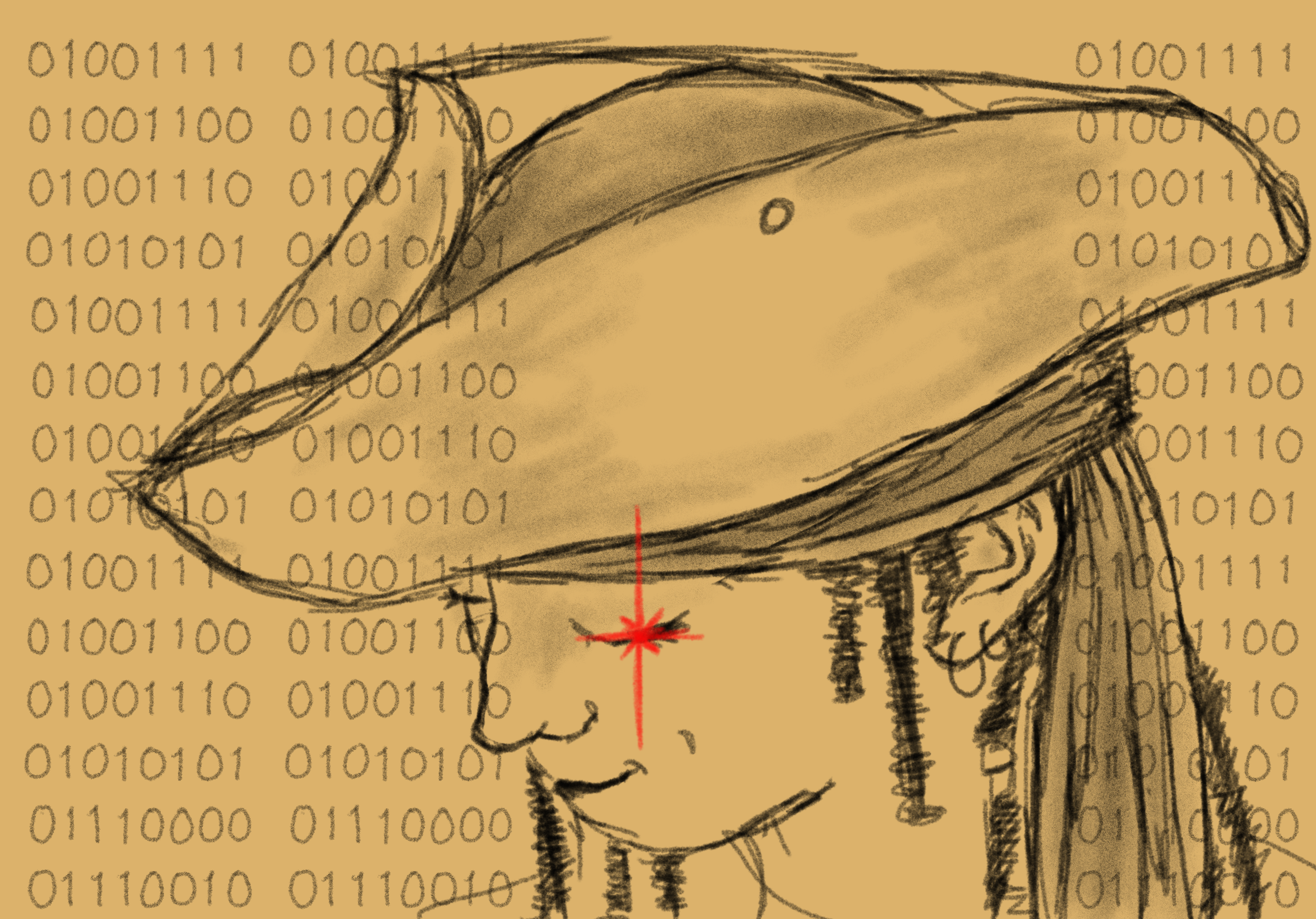There was a time not too long ago when I was standing on my balcony and gazing at the lights that shine on the outskirts of Kelowna. The clock had just struck 4:30 p.m., and the light of the day had gone to play somewhere else, leaving us only in the darkness of night. As beautiful as the lights of the city can be, even from this distance, I couldn’t help but be frustrated. Night came far too early for my taste, the flirtful light of day proving a fleeting memory far sooner than I would have wanted.
Now, this isn’t entirely unexpected. With UBC’s Okanagan campus lying just short of the 50th parallel north, the cold months are bound to be a tad darker as the earth orbits around the sun and our axial tilt curses us with shorter days. That’s fine. That’s normal.
The only issue here is that the week before that, standing there in that same spot, at that same time, my clock said 5:30 p.m. Somehow, in the week between those two moments, sunset had turned an hour earlier and the already increasingly frustrating spell of long winter nights was brought even closer to what was ostensibly meant to be noon. Was it witchcraft? Space magic? Some kind of divine punishment for those who yearn for the sun?
No, it was a sin of our own creation.
Daylight Savings Time is a concept that first came about near the start of the 20th century as a way to save electricity by shifting the clocks to better align with the time people were awake during the day. What that meant in practice was that every spring, clocks would “spring forward” with a 23-hour day, and later “fall back” during the fall with a 25-hour day to make up for lost time. Literally.
As strange as it sounds, during a time when electrification was far less common than in our modern world, this kind of change made sense. Make the most of the sunlight, right? And, I’ll admit — back then, it sort of made sense.
Now though?
Now, it just seems silly.
Mostly because it is. So much so that various jurisdictions across the world just don’t participate in the practice at all. Arizona, most notably, stands alone and steadfast in a sea of clock-changers. While the rest of us have to contend with the realities of “springing forwards” and “falling back,” they just go about their days normally.
And, you know what? That’s fine! That’s good!
Daylight Savings Time might have had a purpose back when it was first conceived, but these days, it’s mostly pointless. Worse than that actually, it’s theorized to even be harmful! Messing with people’s circadian rhythms, changing habits, even just leading to the general discombobulation that comes with a change of time. Everything’s just a little off around when the time changes, and while that might sound harmless, people being off their game can have disastrous consequences if left unchecked. And, we do that to ourselves… why, exactly? Who knows?
Daylight Savings Time is a headache. It disorients, it deceives, it thoroughly disarms, and it all comes back together for a nebulous and outdated purpose that’s so meaningless now that there are places that don’t even bother instituting it at all.
So, here’s what I say. Spring forward… and then just don’t fall back! Let the days stay longer, let the afternoon last farther into the afternoon, and let us no longer lash ourselves to the whims of mankind playing god with time. It might not give us world peace, it might not solve world hunger, but it’ll at least help make sure the sun doesn’t set at 4:30 in the afternoon.
Seriously! 4:30! Why?
Point is, Daylight Savings Time needs to go. If not for the practical health benefits and general positive vibes, then at the very least, for my sanity.



